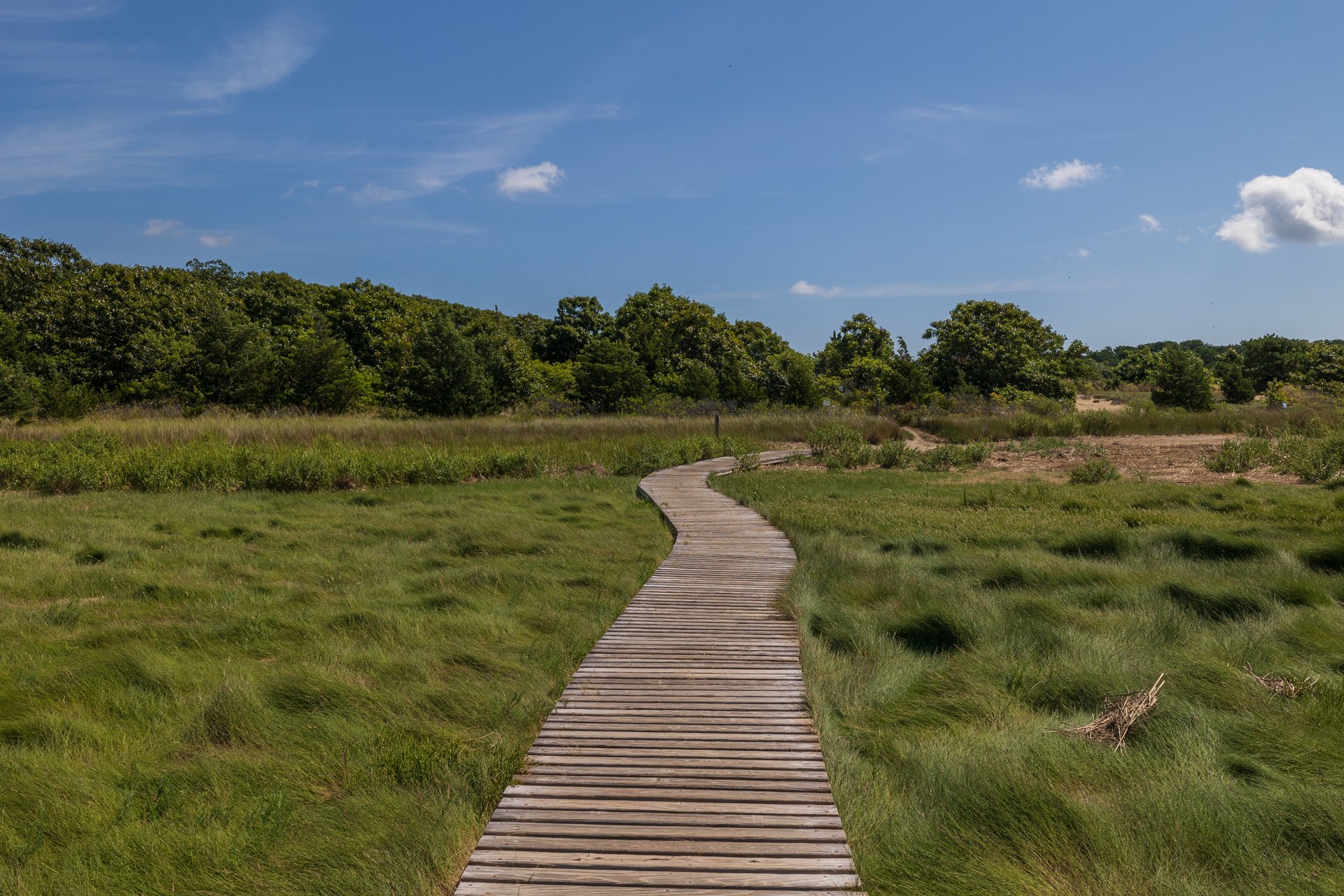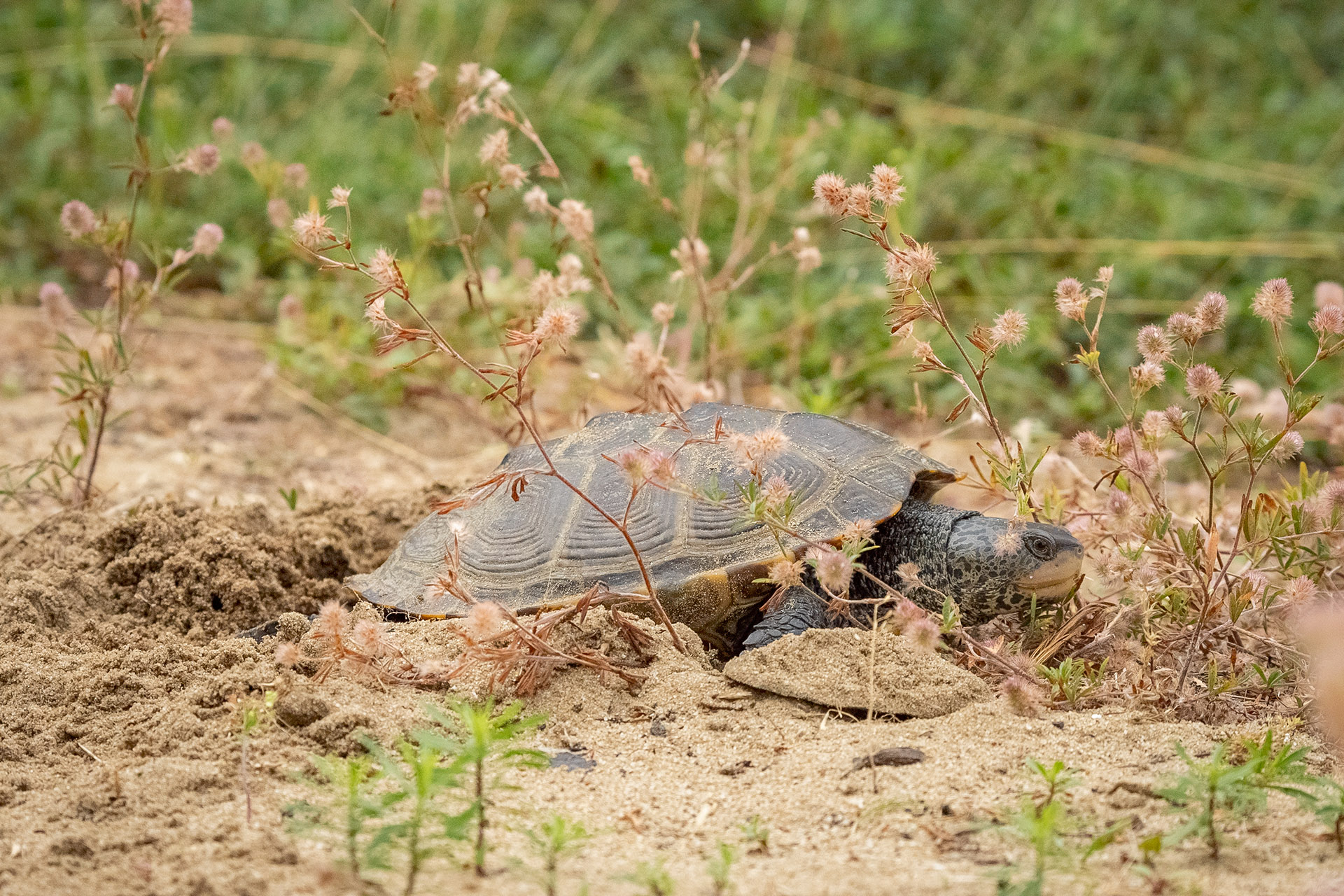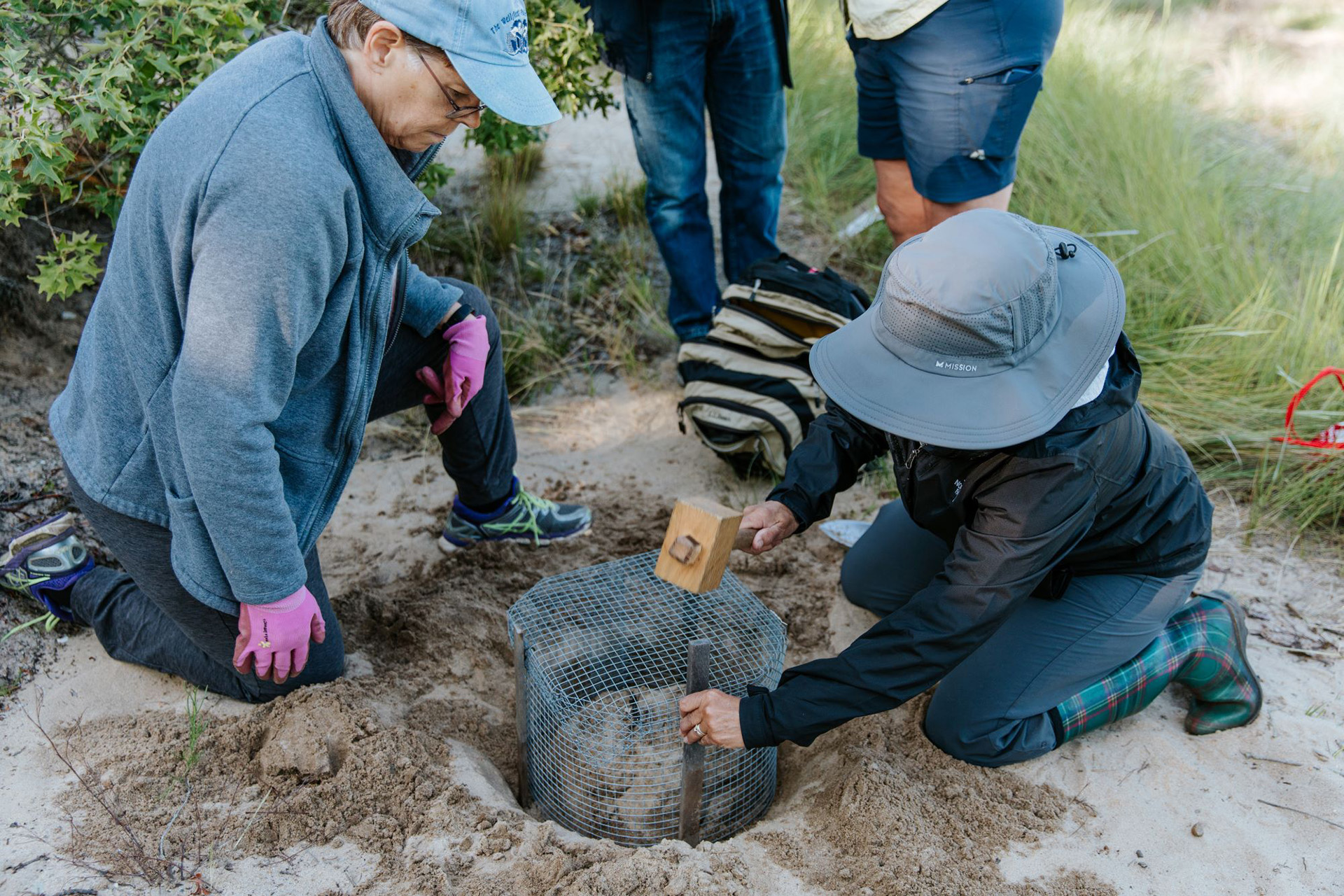Wellfleet Bay has been in the business of diamondback terrapin conservation long enough to know that nesting success can vary from year to year. In the last nearly 20 years of our program, the number of these threatened salt marsh turtles has increased. But because predators can also have boom breeding years or because weather, such as heat, can favor other dangerous pests, like damaging maggots, one year can be strong, the next less so.
Nesting Numbers
The good news is that this summer may be one of the strong years! Our total nest numbers for the months of June and July are significantly higher than in 2022 (see numbers below). Our ultimate success will be determined by how many hatchlings successfully develop and leave the nest, but it’s encouraging to see more nests in our turtle gardens from East Orleans to North Wellfleet. And, at the half-way point of the season, depredation is overall lower compared to 2022. Below are some stats from our busiest sites.
| 2023 | 2022 | |
|---|---|---|
| Wellfleet Bay | Protected Nests: 92 Depredated Nests: 27 | Protected Nests: 72 Depredated Nests: 15 |
| Lieutenant Island | Protected Nests: 141 Depredated Nests: 46 | Protected Nests: 112 Depredated Nests: 65 |
| Eastham | Protected/Staked Nests: 245 Depredated Nests: 42 | Protected/Staked Nests: 181 Depredated Nests: 113 |
Protecting Nests
It’s tricky enough to find a terrapin nest (without seeing a turtle dig one) but the real work comes in protecting the nest, which can be labor-intensive. Our team of more than 100 volunteers working twice-daily shifts at our various Outer Cape sites look for turtle tracks in the sand of each turtle garden to try to locate a spot in the upland where eggs may have been laid. If they do find a nest, a cage-like predator excluder is installed about 6 inches below ground to deter digging predators, like foxes. Installing one PE isn’t too bad, but some shifts this summer had to install a dozen or more. One team tied their record for last year, installing 15 PEs in one shift!
Our thanks to our hardworking terrapin volunteers who are getting a well-deserved break until hatchling season begins in late August!
Get Involved
Keep an eye out for future volunteer opportunities or donate today.
Stay Connected with Wellfleet Bay
Don't miss a beat on all the ways you can get outdoors, celebrate nature, and get involved.





